You may not be an aerobatics pilot performing a Cuban Eight for a crowd of airshow spectators, but there are other less complex aerial maneuvers that we all can enjoy learning. One of our favorite skill-building maneuvers is a smooth, graceful, seemingly effortless climbing turn that our fellow pilots have been performing for over one hundred years. That’s right—we’re talking about the chandelle.
What is a Chandelle Maneuver?
Chandelles are maximum performance maneuvers. In the Airplane Flying Handbook, the FAA defines the commercial pilot standard for the chandelle as “a climbing turn beginning from straight and level flight, and ending at the completion of 180 degrees of turn in a wings-level, nose-high attitude at minimum controllable airspeed.”
Chandelle Maneuver History
The chandelle precision aircraft maneuver was the first ever aerial combat maneuver. It was developed and implemented by French pilots in World War I. They used it as both an offensive and defensive aerial combat tactic, dropping bombs on enemy ground troops while avoiding return fire. The chandelle maneuver was also utilized by Japanese Zero pilots from the Tainan Air Group in New Guinea during World War II.
In a military setting, today’s pilots perform a chandelle to quickly double back on an enemy aircraft. As seen on History Channel, the rapid execution of a chandelle helps pilots avoid a successful target lock from the tailing plane while putting them into a more offensive higher altitude position from which they can launch their own attack.
Why is it called a Chandelle?
The chandelle maneuver got its name from the French word for “candle.” The full French name of the original maneuver was “monter en chandelle” which roughly means “to climb vertically.” Perhaps the WWI French pilots thought the combination of vertical climb and twisting turn in this maneuver resembled the shape of a tall, spiral taper candle.
What is the Purpose of the Chandelle Maneuver?
Although most aviators are not out dodging enemy fire, the chandelle maneuver continues to be relevant in civil aviation. In fact, successful completion of a chandelle maneuver is part of the FAA’s airman certification standards for commercial pilots. Keeping the aircraft just above stall speed during the turn requires pilots to demonstrate keen knowledge of their aircraft’s performance capabilities and to showcase their precision handling skills.
Private, recreational, and sport pilots can also benefit from learning the chandelle maneuver as it allows you to perform a smooth course reversal while conserving energy and gaining altitude.
How to Fly a Chandelle
The steps listed below walk you through the high-level inputs and outcomes of a commercial pilot level chandelle maneuver. Before attempting a chandelle in real life, review your aircraft manual to determine appropriate airframe-specific speeds, inputs, and angles for this maneuver.
When flying a chandelle, you will:
- Choose an area to perform the maneuver. Ensure you have plenty of obstruction-free airspace and several emergency landing locations available.
- Start the maneuver at an altitude of at least 1,500 feet AGL.
- Slow to no faster than your aircraft’s recommended maximum entry speed (usually no faster than maneuvering speed).
- Adjust power to cruise.
- Make clearing turns to clear the airspace above and behind you.
- Select 90-degree and 180-degree visual reference points in the distance.
- Using the ailerons, enter a banked turn at an appropriate angle for your aircraft (usually 30 degrees).
- While holding the degree of turn, apply full power and smoothly apply back-elevator pressure to increase your pitch attitude at a constant rate.
- Coordinate your control inputs so the highest pitch attitude is achieved as you reach 90-degrees of turn.
- Increase back pressure as needed to maintain pitch in the second half of the turn.
- Ease out of the turn as you approach the reciprocal heading.
- Be aware of the minimum controllable airspeed. Keep your airspeed just above the aerodynamic stall speed for your aircraft as you exit the turn.
- Ensure your heading is the reciprocal of your original course.
- Hold your pitch angle for a couple moment until the airspeed stabilizes.
- Bring the nose down to return to straight and level flight at cruising speed.
Considerations When Performing the Chandelle
When visualizing the chandelle maneuver, break it down into two parts: the first half from 0 to 90-degrees and the second half from 90 to 180-degrees of turn. Each half of the maneuver requires different coordinated control inputs to achieve a smooth, controlled turn at minimum airspeed with maximum altitude gain.
During the first half of the maneuver, you are flying at a sustained 30-degree bank angle with steadily increasing pitch. In the second half of the maneuver, it is the pitch that is sustained while the bank angle steadily decreases.
Right Rudder Inputs
Your airspeed will continue to decrease throughout the maneuver meaning you will experience increased effects of engine torque. Be mindful of rudder pressure, more right rudder will be necessary to control yaw and maintain turn rate in the second half of the turn as you approach stall speed. Also keep in mind that all things being equal, a left chandelle will require more right rudder pressure than a right chandelle.
Aileron Inputs
Decreasing airspeed in a banking turn leads to overbanking if it is not offset. You will need to increase opposite aileron to maintain your bank angle.
Yoke Backpressure
Pay attention to the back pressure on your yoke. You will need to adjust pressure in the second half of the turn to hold pitch angle while decreasing bank angle.
Most Common Chandelle Mistakes
If you are struggling to execute a successful chandelle turn, watch a chandelle flight lesson, then review your technique and learn which common mistakes listed below you might be making.
The most common chandelle mistakes include:
- Too slow an airspeed going into the turn
- Uncoordinated control inputs (leading to slipping or skidding)
- Relying on instruments versus visual reference points
- Too shallow an initial bank angle (causing a stall)
- Too steep an initial bank angle (minimizing performance)
- Allowing bank angle to increase throughout the maneuver
- Allowing pitch angle to increase in second half of maneuver
- Insufficient right rudder input during the second half of the turn
- Not starting rollout at the 90-degree point of the maneuver
- Completing rollout before 180-degree point of the maneuver
- Dropping the nose to recover airspeed upon coming out of the turn
How to Master the Chandelle
If you want to nail your chandelles and be able to perform them up to commercial pilot checkride standards, it will take practice. A commercial pilot must be able to complete their chandelle maneuver on a heading of +/- 10 degrees from the reciprocal of the original heading. Their exit speed must also be within +5 to -0 knots of aircraft stall speed.
Make the most of your real-world flight time by practicing your chandelles on a flight simulator. Hours of simulator repetition using a high-quality sim yoke with realistic handling will let you build muscle memory. Practice climbing turns and then returning to straight and level flight and be mindful of engine power applied. When you slide into the cockpit and set up for that first chandelle maneuver, you will feel like you’ve already flown it hundreds of times.
Takeaways
Although it got its start as a military pilot maneuver to dodge and return enemy fire, today the chandelle maneuver is also a required skill on the commercial pilot checkride. It is practiced by many private pilots as well, though it is not a certification requirement for them.
Learning to fly a smooth chandelle demonstrates a pilot’s coordination, orientation, and smooth handling of flight controls. One of the best ways to get a jump on chandelle maneuver mastery is by practicing in a realistic flight simulator setting.







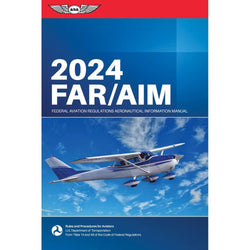
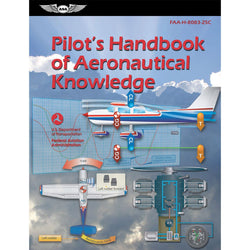
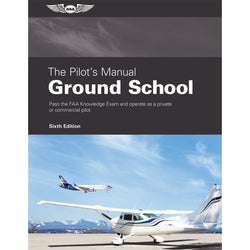

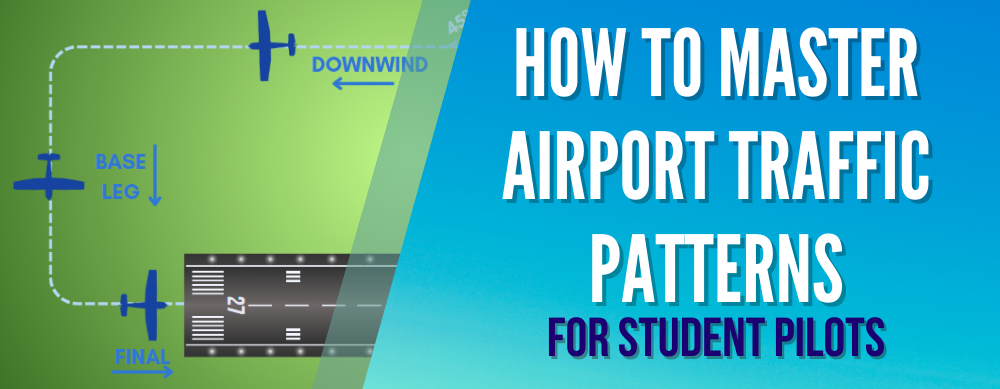
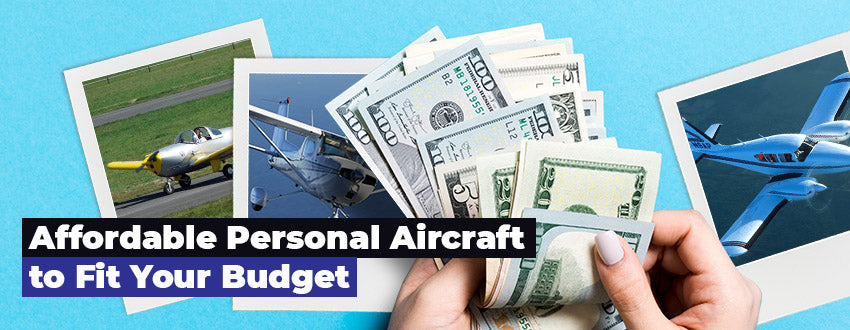
1 comment
Larry Shetron
I think it is ok to lower the nose after 180 degrees of turn while performing Chandelle within a few seconds after completion